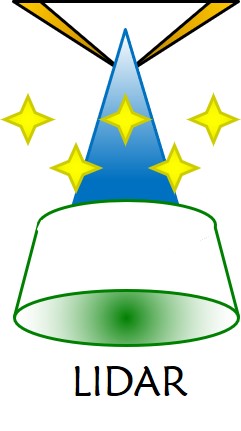ISLAS (Isotopic links to atmospheric water’s sources, https://www.uib.no/en/rg/meten/112875/isotopic-links-atmospheric-waters-sources-islas
The airborne campaign took place from 21 March to 4 April 2022.
An ambitious scientific objective. The European ISLAS project, coordinated by Harald Sodemann from the University of Bergen (Norway), aims to better understand the processes associated with the water cycle in the Arctic regions, particularly during the transport of cold air across the ice edge and over open water. These so-called marine cold-air outbreaks in the Norwegian and Barents sea cause strong fluxes of latent heat to the atmosphere, influencing the formation of Arctic and sub-Arctic cloud cover, frequently with the presence of mixed-phase clouds (water and ice).
An innovative experimental approach. For the first time, the ATR-42 research aircraft was equipped with two new-generation lightweight lidars that carried out measurements simultaneously. The first (ALiAS) was positioned to shoot horizontally through a specially developed window. It was used to sample the cloud field at the level of clouds in cold-air outbreaks and warm air intrusions, typical for the meteorology of these Arctic regions. The second (ULICE) is positioned at nadir to analyze in detail the vertical structures of the atmosphere between the surface and the aircraft. It has made it possible to identify mixed-phase clouds, which are still poorly represented by mesoscale models. This novel, innovative approach paves the way for the experimental strategies of tomorrow’s airborne measurements. The two lidars will eventually be made available to the national community in the long term for this purpose.


